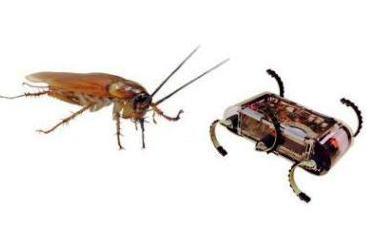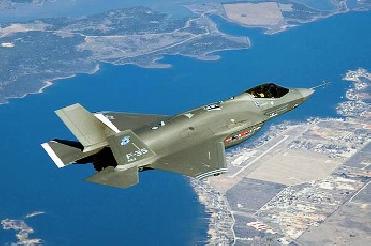
An image showing animal-inspired robotics. Image Credit: Simon Sponberg, University of California at Berkeley.
WASHINGTON (PTI): Cockroaches have become a 'biological and engineering marvel' for American scientists who have been inspired to develop the world's first legged robot that can run.
Researchers at Oregon State University (OSU) said that cockroach has provided them with "bioinspiration" in a quest to build the world's first legged robot that is capable of running effortlessly over rough surface.
If the engineers succeed, they may owe their success to what's being learned from these insects and other animals, such as the guinea hen, that have their own remarkable abilities.
The latest findings, published in the professional journal Bioinspiration and Biomimetics, outline how animals use their legs to manage energy storage and expenditure, and why this is so important for running stability. The work is being supported by the National Science Foundation.
"Humans can run, but frankly our capabilities are nothing compared to what insects and some other animals can do," said lead author John Schmitt.
Schmitt said, "Cockroaches are incredible. They can run fast, turn on a dime, move easily over rough terrain, and react to perturbations faster than a nerve impulse can travel."
Within certain limitations, Schmitt said, cockroaches don't even have to think about running, they just do it, with muscle action that is instinctive and doesn't require reflex control.
That, in fact, is part of what the engineers are trying to achieve. Right now some robots have been built that can walk, but none of them can run as well as their animal counterparts. Even walking robots absorb far too much energy and computing power to be very useful.
"If we ever develop robots that can really run over rough ground, they can't afford to use so much of their computing abilities and energy demand to accomplish it," Schmitt said.
"A cockroach doesn't think much about running, it just runs. And it only slows down about 20 per cent when going over blocks that are three times higher than its hips. That's just remarkable, and an indication that their stability has to do with how they are built, rather than how they react," he said.
If successful, Schmitt said, running robots could serve valuable roles in difficult jobs, such as military operations, law enforcement or space exploration. Related technology might also be applied to improve the function of prosthetic limbs for amputees, or serve other needs.
The OSU researchers are trying to identify some of the basic biological and mechanical principles that allow certain animals to run so well and effortlessly.
A guinea hen, for instance, can change the length and angle of its spring-like legs to almost automatically adjust to an unexpected change in a ground surface as much as 40 per cent of its hip height.
That would be like a human running at full speed, stepping into a 16-inch-deep hole and never missing a beat.
 Previous Article
Previous Article Next Article
Next Article













The Indian Air Force, in its flight trials evaluation report submitted before the Defence Ministry l..
view articleAn insight into the Medium Multi-Role Combat Aircraft competition...
view articleSky enthusiasts can now spot the International Space Station (ISS) commanded by Indian-American astr..
view article